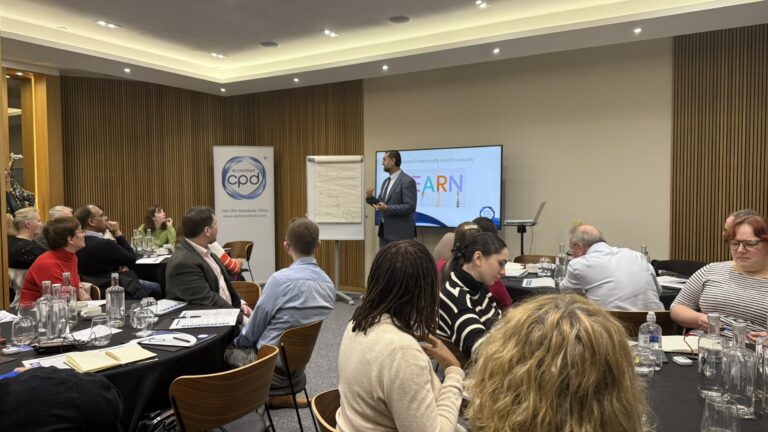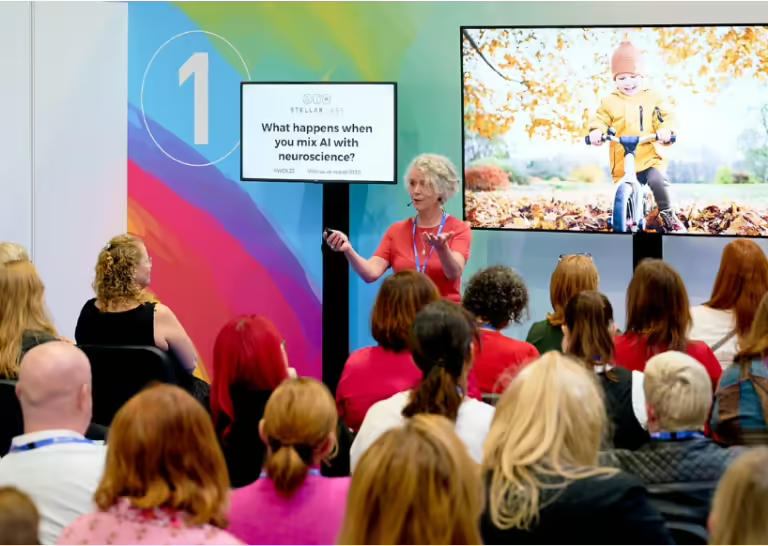Hello and welcome to another edition of Friday Fresh!
This week, we’re diving into a unique and intriguing approach to training design. Imagine if your training sessions were as engaging and challenging as an escape room. What if you could captivate your learners’ attention through puzzles and problem-solving scenarios that encourage them to think critically and work collaboratively? Let’s explore how this concept can transform your training programs.
Escape Room Training: Why It Works
Escape rooms capture participants’ interest by setting a clear goal and providing a series of challenges that must be solved to “escape” the room. This format is highly engaging because it requires active participation, problem-solving, and teamwork—all critical elements in effective learning environments.
Here’s why this method is powerful in training:
- Problem-Solving: Just like in an escape room, training that challenges learners to solve problems enhances their engagement and retention. It moves beyond passive listening to active doing.
- Collaboration: Participants in escape rooms must communicate and collaborate to succeed, mirroring the workplace environment where teamwork and communication are key.
- Immediate Feedback: Escape rooms provide instant feedback. Every puzzle solved takes participants one step closer to their goal, mirroring the immediate application of skills in real-world scenarios.
How to Implement an Escape Room Style in Your Training
- Set Clear Objectives: Just as every escape room has a clear end goal, each training session should have clear, defined learning objectives that are known to the participants from the start.
- Create Engaging Problems: Design problems or challenges that are directly tied to the learning objectives. These should require learners to apply what they’ve learned immediately, mimicking the urgency and relevance of solving a puzzle in an escape room.
- Encourage Teamwork: Use exercises that require learners to work together, sharing knowledge and strategies. This not only enhances learning through peer interaction but also improves team dynamics.
- Incorporate Time Limits: Adding a time element can heighten engagement and mimic real-world pressures. Time constraints encourage learners to think quickly and prioritise effectively.
- Provide Tools and Clues: Just as escape rooms provide clues that can help solve puzzles, provide resources that learners can use to navigate challenges. These can be digital tools, peer advice, or structured hints from facilitators.
- Debrief and Reflect: After each challenge, conduct a debriefing session where learners can reflect on what worked, what didn’t, and how the skills they used can be applied outside the training environment.
Learning by Doing
The escape room model emphasises learning by doing, one of the most effective ways to ensure that knowledge sticks. It’s about creating a compelling learning experience that demands active participation and rewards learners with the satisfaction of solving a problem together.
Final Thoughts
As you plan your next training session, think of it as designing an escape room where every task is a step toward escaping into a new level of skills and insights. This approach not only makes learning fun but also deeply impactful.
Don’t miss next week’s Friday Fresh, where we’ll share with you an example escape room training designed for leadership and management training!
Sign Up for the Friday Fresh Newsletter!
If you enjoy these articles, sign up for the newsletter and receive it straight into your email every week!







